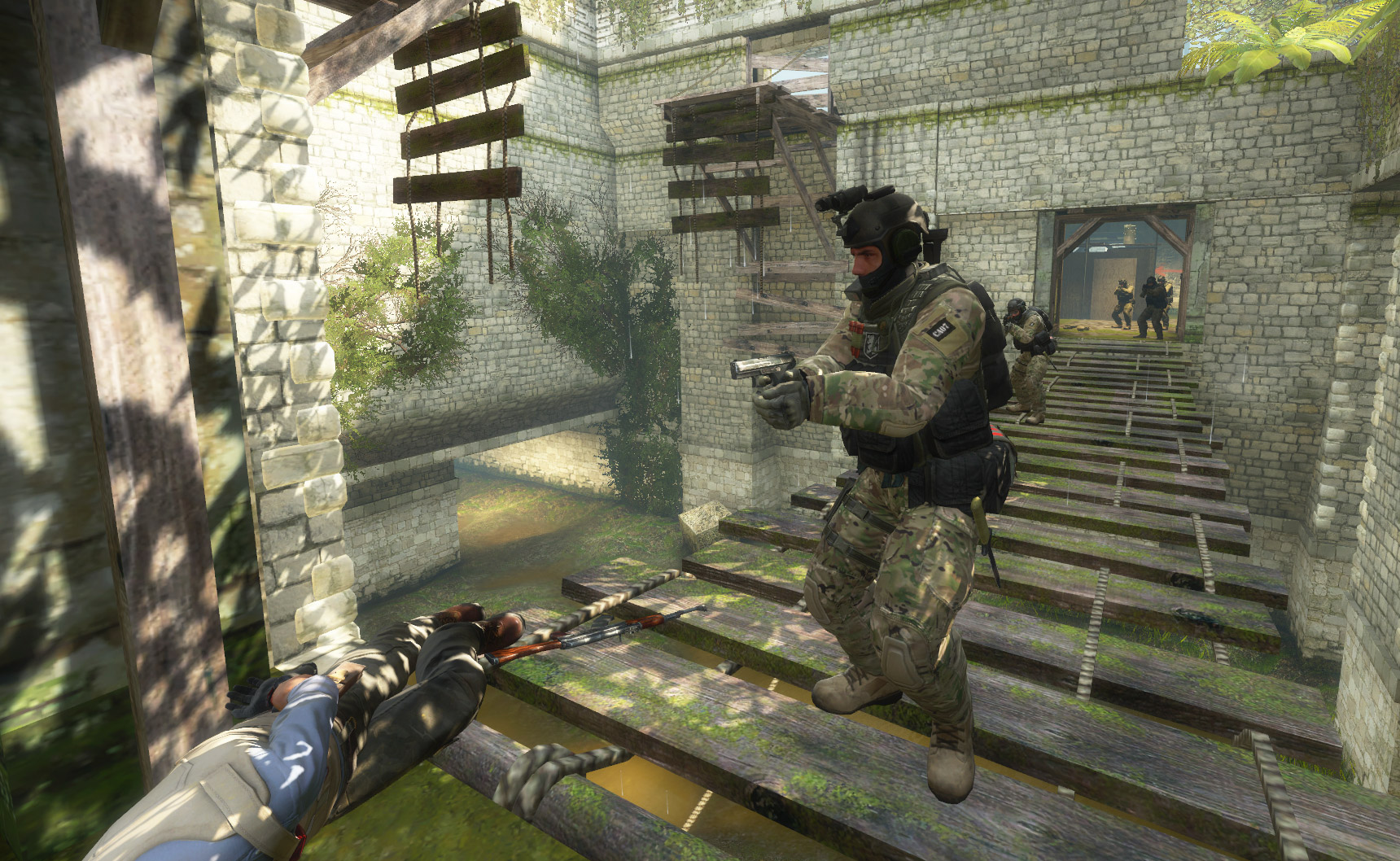Bodrum Escapes: Your Guide to Luxury and Leisure
Explore the best of Bodrum with exclusive insights and tips for an unforgettable experience.
Where Hostages Have Gone: The Hidden Stories Behind CSGO's Most Intriguing Maps
Unearth the secrets behind CSGO's most captivating maps and discover the hidden stories of hostages—prepare for a thrilling journey!
Exploring the Lore: The Secrets Behind CSGO's Iconic Maps
The world of CSGO is not just about intense gameplay and skillful strategies; it is also deeply enriched with lore that gives its iconic maps a sense of history and purpose. Each map tells a unique story, from the abandoned streets of Dust II to the vibrant chaos of Inferno. Understanding the lore behind these locations adds layers to the experience, making each match feel like part of a larger narrative. For instance, Mirage, set in a fictional take on a Moroccan bazaar, showcases the clash between rival factions aiming to control valuable assets amid the backdrop of a bustling market.
As players delve deeper into the lore, they discover that maps often reflect real-world locations and scenarios, giving each setting a sense of realism and relevance. One notable example is Train, which is inspired by an industrial revolution backdrop, complete with moving trains that add dynamic gameplay elements. Additionally, lore dives into the stories of various characters that inhabit these maps, contributing to a rich tapestry of narratives that enhance player immersion. By exploring the secrets behind CSGO's iconic maps, players not only enhance their gameplay but also fulfill their curiosity about the stories that shape the CSGO universe.

Counter-Strike is a highly popular tactical first-person shooter that pits teams of terrorists against counter-terrorists. One of the iconic maps in the game is Inferno, known for its intricate layouts and strategic opportunities. For players looking to improve their gameplay, understanding inferno callouts is essential for effective communication and teamwork. The gameplay emphasizes skill, strategy, and coordination, making it a favorite in both casual and competitive gaming scenes.
Map Origins: What Real-World Locations Inspired CSGO's Environments?
The origins of the maps in Counter-Strike: Global Offensive (CSGO) are as diverse as they are interesting, often drawing inspiration from real-world locations that enhance the game's immersive experience. For instance, the infamous map Dust II is heavily influenced by the streets of dusty Middle Eastern towns, which are characterized by their winding alleys and ancient architecture. Similarly, Inferno takes cues from European towns, specifically those found in countries like Italy, where narrow streets and classic plazas create a vibrant yet tense environment. These real-world parallels not only anchor the game's settings in reality but also add depth, making players feel as though they are truly battling across these iconic locales.
In addition to aesthetic inspirations, some maps also convey specific cultural themes. One such example is Train, which showcases an industrial setting reminiscent of European train yards, complete with rusty tracks and towering warehouses. This map's attention to detail highlights how CSGO utilizes real geography and architecture to craft its narratives. Moreover, the Overpass map draws from the urban layout of Berlin, featuring its iconic canals and bridges, further emphasizing the connection between the game’s environments and actual cityscapes. By blending these real-world references with gameplay dynamics, CSGO creates a compelling atmosphere that enhances player engagement and strategy.
Uncovering the Stories of Hostages: Who Are They and What Do They Represent in CSGO?
In Counter-Strike: Global Offensive (CSGO), hostages represent a pivotal narrative element that adds depth to the gameplay experience. Each hostage in the game carries their own story, illustrating the dichotomy of conflict and rescue. They are often depicted as innocent civilians caught in the crossfire, and their ultimate goal is to escape danger. These narratives serve to enhance player engagement while also emphasizing the gravity of the scenario - players not only fight against opponents but also strive to protect these characters, making moral choices along the way.
Moreover, the representation of hostages in CSGO raises questions about the broader themes of conflict, humanitarianism, and the consequences of war. Hostages often symbolize the collateral damage of violence, reminding players that every conflict has real-world implications. This complex portrayal invites players to ponder the human element in competitive gaming, fostering a deeper connection to the game’s storyline. As players strategize to secure the safe retrieval of hostages, they embody the hope for resolution and peace amidst chaos, further enriching the overall gameplay experience.